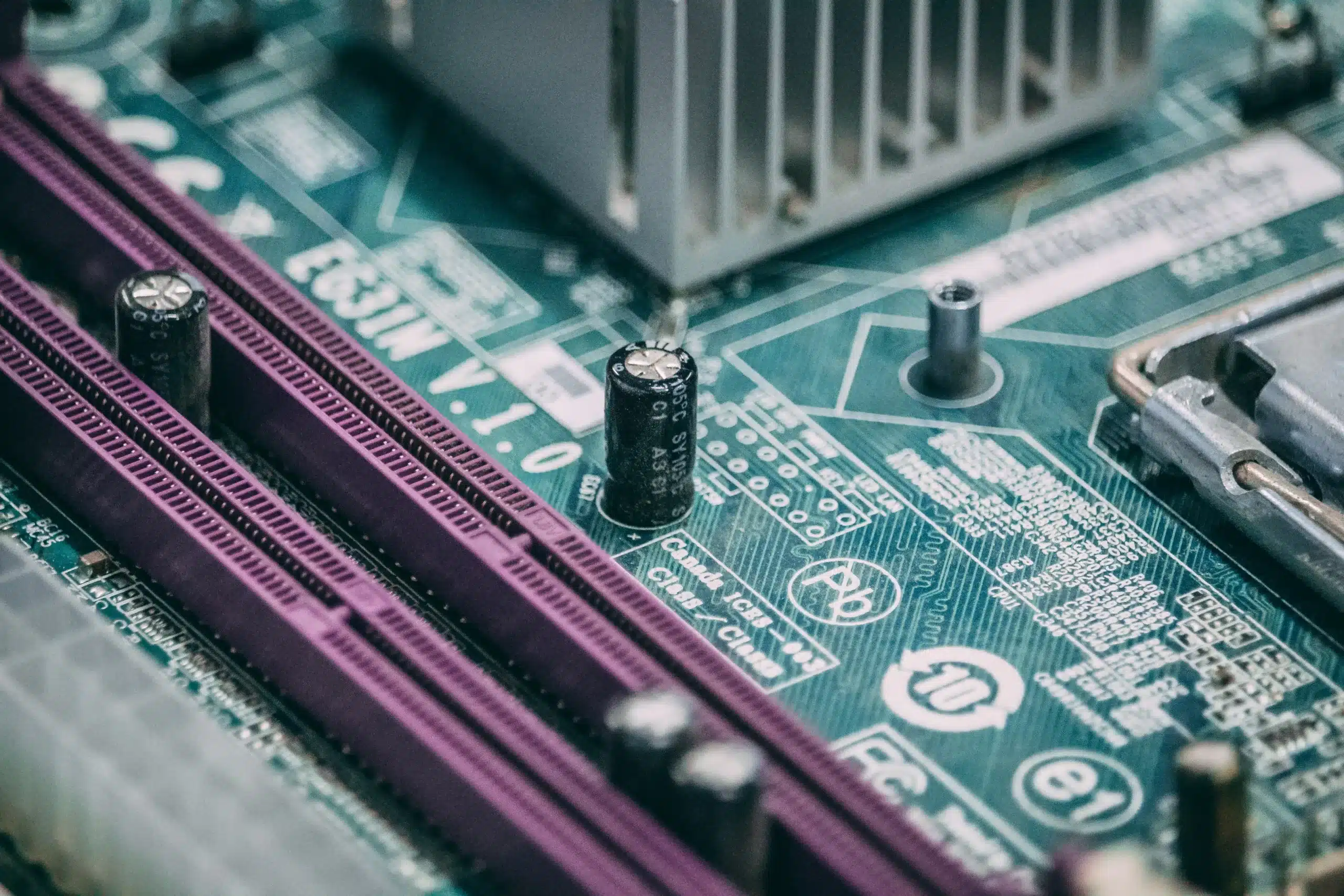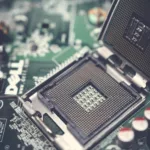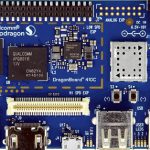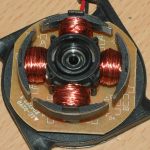
Introduction
Power Line Communication (PLC) systems have revolutionised modern technology–transmitting data over existing power infrastructure, enabling seamless communication for various applications. However, as with any technology, PLC technology also confronts security and reliability challenges and other vulnerabilities that need to be addressed for optimised and reliable data transmissions. This article comprehensively outlines the advantages, potential threats, and best practices to protect PLC systems from potential vulnerabilities and attacks.
Understanding Power Line Communication Systems
PLC technology utilizes power lines to transmit data signals over existing electric power lines, allowing smooth PLC operation and enabling devices to communicate and exchange information. This unique data transfer method offers convenience and is effective in environments where new communication cable laying or setting is cost-effective or not feasible. Using a PLC network can benefit various applications providing prominent advantages in terms of:
- Cost-effectiveness: As PLC system utilises existing power lines for data exchange instead of laying down new or additional communication cables.
- Widespread Coverage: They are suitable for both short-range and medium-range communications.
- Easy Installation and Integration: These systems are easy to install and can penetrate areas where traditional wireless networks are hard to integrate.
- Low Latency and Scalability: PLC systems can offer low latency communication, benefitting real-time applications like smart grid control, industrial automation, and home automation. Bespoke systems can be easily scaled by adding more communication nodes to the existing power grid.
Potential Threats to Power Line Communication Systems
PLC systems are susceptible to various security and reliability challenges. Therefore, understanding its potential threats is essential to drive possible solutions. Common threats include:
- Interference and Noise: Noise and electromagnetic interference from power lines can disrupt PLC signals, leading to data loss or corruption and affecting the quality of data transmission.
- Eavesdropping/Security: Unauthorised access to PLC transmissions can compromise sensitive information, causing major concerns.
- Injection Attacks: Malicious entities can inject false data into the PLC network, leading to inaccurate control commands.
- Denial of Service (DoS) Attacks: Bespoke attacks from attackers can overload the system with excessive requests, making it unresponsive.
- Low Data Rates: Data rates might be lower than dedicated communication cables or wireless technologies.
Protecting Power Line Communication Systems: Critical Approaches
Protecting power line communication systems is crucial to ensure reliable and secure data transmission over power lines. Various methods can be employed to protect bespoke systems. Some of the vital strategies to help protect these systems include:
- Implementing Encryption
Encrypting data transmissions can effectively secure PLC systems making the information unreadable to unauthorised parties. Advanced encryption algorithms, such as AES (Advanced Encryption Standard), should be employed to ensure robust protection.
- Authentication and Access Control
Enforcing robust authentication mechanisms prevents unauthorised devices access to the PLC network. Each device on the network should have a unique identifier and undergo a stringent authentication process before granting access. Additionally, implementing access controls according to user roles constrains each device or user’s activities within the system.
- Using Safe and High-Efficiency Components
PLC transformers and GMOV overvoltage protectors are crucial components that protect PLC systems from voltage fluctuations, surges, and transients.
- Regular Firmware Updates
Manufacturers often release firmware updates to address security vulnerabilities and improve overall system performance. Regularly updating the firmware of PLC devices can avoid potential threats and ensure known vulnerabilities are patched.
- Network Segmentation
Segmenting the PLC network into different zones with varying access levels helps contain potential breaches. Critical components should be isolated from less secure areas to minimise the impact of a security incident.
- Intrusion Detection and Prevention Systems (IDPS)
IDPS solutions monitor network traffic for suspicious activities and automatically prevent unauthorised access or attacks. Implementing an IDPS tailored to PLC systems enhances the network’s security posture.
- Physical Security Measures
Like digital security, physical security is equally important, restricting physical access to PLC equipment and securing facilities where the equipment is housed.
- Regular Security Audits and Testing
Periodic security audits and penetration testing can identify vulnerabilities–not apparent during regular operation. Addressing these weaknesses proactively enhances the system’s overall security.
- Employee Training and Awareness
As human error is a significant factor in security breaches, training employees in the best security practices can significantly reduce successful attacks. These practices include avoiding suspicious links and practising proper password hygiene.
Concluding Remarks
PLC systems contribute to significant development in modern communication infrastructure. Ultimately, safeguarding these systems against potential threats becomes a top priority. Embracing a proactive approach to security is essential for the reliable operation of PLC networks and maintaining users’ trust in an increasingly interconnected world. By understanding the technology, recognising threats, and implementing comprehensive security strategies, organisations can ensure their Power Line Communication systems’ integrity, confidentiality, and availability.




















